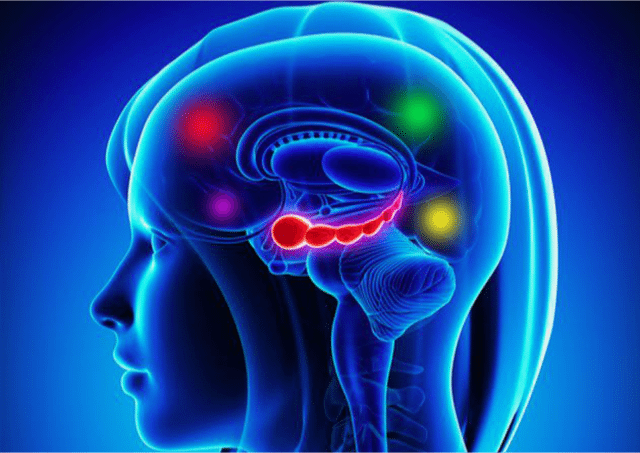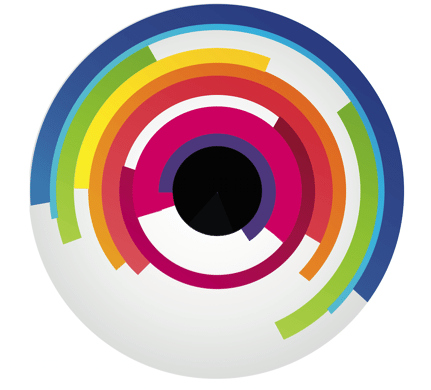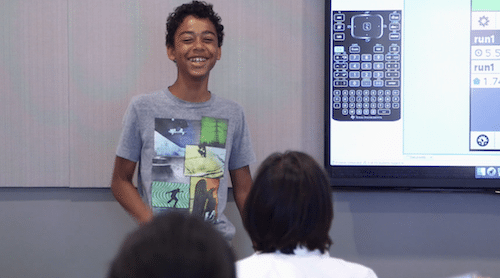Visual Mathematics
We at youcubed believe that every mathematical concept can be represented visually to students, and that this would help them greatly. In our teacher paper, called “Seeing as Understanding,” we not only discuss the research evidence on visual mathematics but also include visual activities for all grade levels. Some of the other papers and news articles share some fascinating new research on the importance of fingers.
Part of the evidence on the value of visual mathematics comes from neuroscience labs at Stanford. Prof Vinod Menon and his team have produced some really interesting research on the ways brains work mathematically, showing that our brains are made up of 5 different networks that are involved when we think about maths. Two of the networks are visual pathways – one is the ventral and one the dorsal visual pathway. Neuroimaging has shown that even when people work on a number calculation, such as 12 x 25, with symbolic digits (12 and 25) our mathematical thinking is partly visual.
The different evidence that is coming from neuroscientists tells us that our brain wants to think visually about maths. Building students’ mathematical understanding doesn’t just mean strengthening one area of the brain that is involved with abstract numbers, it means strengthening connections between areas of the brain and strengthening visual pathways.










